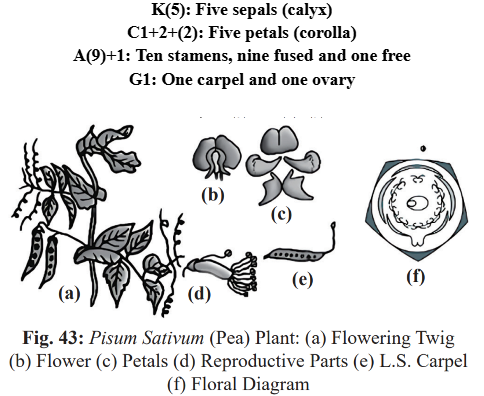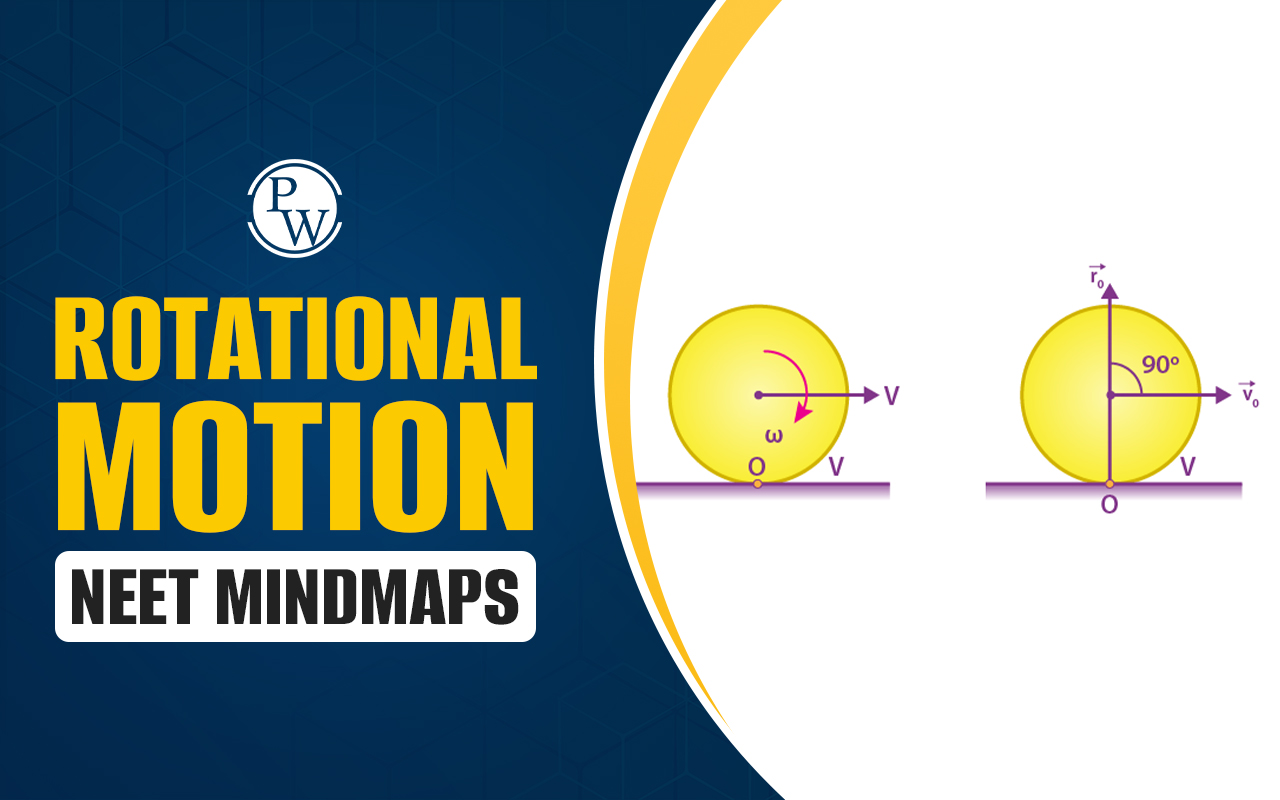

The Leguminosae family, also known as Fabaceae, is one of the most significant and diverse plant families in the plant kingdom. It consists of a wide range of species, including trees, shrubs, and herbs, which are found all over the world. This family is of great ecological and economic importance due to its ability to fix nitrogen in the soil, improve soil fertility, and its many uses in agriculture and industry. Leguminosae plants are widely cultivated for their edible seeds (pulses), oils, fibers, and medicinal properties. Understanding the characteristics, types, and importance of this family is essential, as it forms a key part of the Botany syllabus and is important for the NEET exam .
Definition of Leguminosae
Leguminosae is a family of plants that includes over 19,000 species, commonly known as legumes or pulses. These plants are characterized by their fruit, which is a pod that opens along both sides when mature. Most leguminous plants have the ability to fix nitrogen through a symbiotic relationship with specific bacteria found in their roots. This process enriches the soil with nitrogen, making legumes valuable in crop rotation systems.
Characteristics of Leguminosae
The Leguminosae family has several distinct features that make it unique. These characteristics are important for identifying and understanding the plants in this family.
- Habit: Members of the Leguminosae family can be trees, shrubs, or herbs. Some plants in this family are climbers, while others are erect.
- Root System: Leguminosae plants are known for their root nodules, which house nitrogen-fixing bacteria. This symbiotic relationship helps in enhancing soil fertility.
- Stem: The stems can be either erect or climbing, depending on the species.
- Leaves: The leaves of Leguminosae plants are usually alternate, and they can be pinnately compound or sometimes simple. The leaf base is pulvinate (capable of folding). These plants also have stipules, and the venation is reticulate (net-like).
- Inflorescence: The flowers typically occur in a racemose arrangement, where the flowers are arranged along an axis.
- Flower: The flowers of Leguminosae are bisexual (having both male and female reproductive organs) and zygomorphic (bilaterally symmetrical).
- Calyx: The calyx consists of five sepals, which are gamosepalous (fused together). The sepals can have imbricate or valvate aestivation (the arrangement of sepals before they open).
- Corolla : The corolla has five petals, which are polypetalous (separate petals). The structure is papilionaceous (butterfly-like), consisting of a posterior standard, two lateral wings, and two anterior petals that form a keel that encloses the stamens and pistil. The aestivation of the petals is vexillary (with the largest petal at the back).
- Androecium: The androecium has ten stamens, which are diadelphous (fused into two groups). The anthers are dithecous (having two pollen sacs).
- Gynoecium: The gynoecium consists of a superior ovary, which is monocarpellary (containing one carpel), and unilocular (having one chamber), with many ovules. The style is single, and the ovules are arranged in marginal placentation.
- Fruit: The fruit is a legume (pod), which typically splits open to release the seeds when mature.
- Seed: The seeds are non-endospermic and can range from one to many in number.
- Floral Formula: The floral formula of Leguminosae is represented as % K(5)C1+2+(2)A(9)+1G1, where:
K(5): Five sepals (calyx) C1+2+(2): Five petals (corolla) A(9)+1: Ten stamens, nine fused and one free G1: One carpel and one ovary

Types of Leguminosae
The family Leguminosae is divided into three subfamilies:
- Papilionoideae : This subfamily includes plants with flowers that are often butterfly-shaped (papilionaceous). These plants are commonly found in temperate and tropical regions. Examples include peas, beans, and lentils.
- Caesalpinioideae : This subfamily includes species with flowers that are less symmetrical and more open in shape. These plants are often trees or shrubs. Examples include the tamarind and the jacaranda.
- Mimosoideae: Plants in this subfamily typically have small, globular flowers with many stamens. Mimosoideae species are mostly tropical and include plants like acacia and mimosa.
Examples of Leguminosae
The following are some important plants belonging to the Leguminosae family, known for their nutritional, medicinal, and agricultural value:
- Pisum sativum (Pea)
- Phaseolus (Beans)
- Glycine max (Soybean)
- Arachis hypogaea (Peanut)
- Glycyrrhiza glabra (Liquorice – Mulethi)
- Cicer arietinum (Chickpeas)
- Medicago sativa (Alfalfa)
- Vicia faba (Broad bean)
Economic Importance
The Leguminosae family has significant economic value, providing various products for human use:
- Pulses: Several members of this family are cultivated as pulses, which are rich in protein. Examples include gram (chickpea), arhar (pigeon pea), sem (black gram), moong (green gram), and soybean.
- Edible Oil: Some Leguminosae plants are grown for their seeds, which yield edible oils. Examples include soybean and groundnut (peanut).
- Dye : Plants like Indigofera are used to produce natural dyes.
- Fibers : Certain species in this family, such as sunhemp and Sesbania, provide fibers used for making ropes and fabrics.
- Ornamentals: Some Leguminosae plants are used as ornamental plants in gardens and landscapes. Examples include Lupin and sweet pea.
- Medicine : Several plants in the Leguminosae family have medicinal uses. For example, Mulethi (licorice) is used in traditional medicine for various ailments.
MCQs of Leguminosae
Q1. Vexillary aestivation is characteristic of the family;
- Fabaceae
- Asteraceae
- Solanaceae
- Brassicaceae
Q2. Presence of Capitulum inflorescence and bicarpellary syncarpus ovary with basal placentation belongs to;
- Graminae
- Leguminoceae
- Compositae
- Solanaceae
Q3. Pulses are obtained from;
- Fabaceae
- Asteraceae
- Poaceae
- Solanaceae
Answers of MCQs of Leguminosae
Ans1. Fabaceae, Ans2 . Compositae, Ans3 . Fabaceae
| NEET Exam Important Links | |
|---|---|
| NEET Syllabus | NEET Biology Diagrams |
| NEET Biology MCQ | NEET Biology Chapter wise Weightage |
| NEET Biology Notes | NEET Previous Year Question papers |
Leguminosae FAQs
Q. What are 2 examples of legumes?
Q. Why is Leguminosae called Fabaceae?
Q. What is the fruit of Leguminosae?
Q. What is the 4th largest plant family?
Q. What is the second name of Leguminosae?
Q. Is Fabaceae and Poaceae the same?












